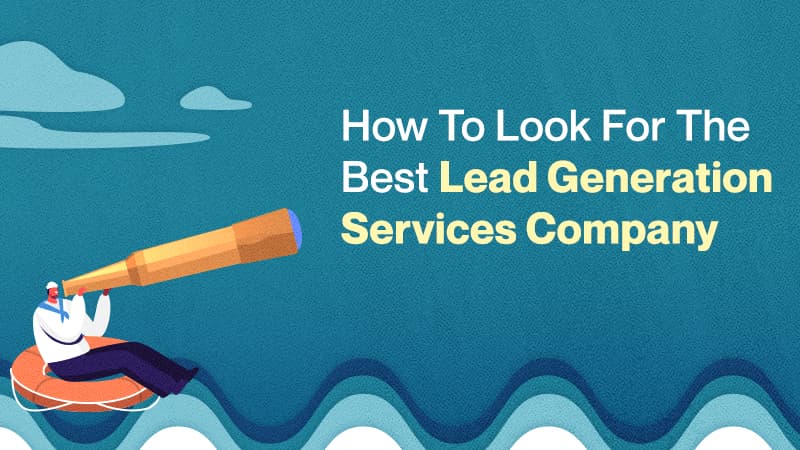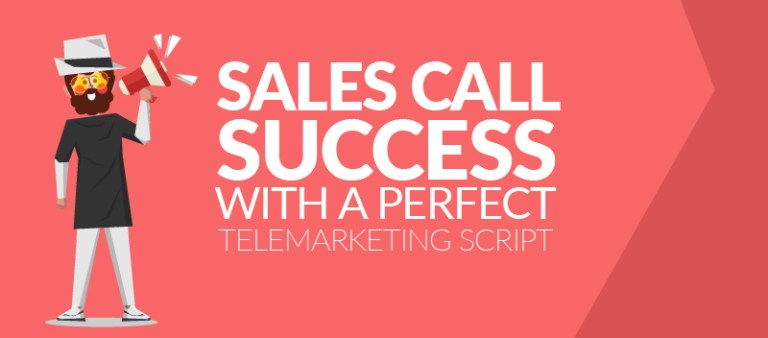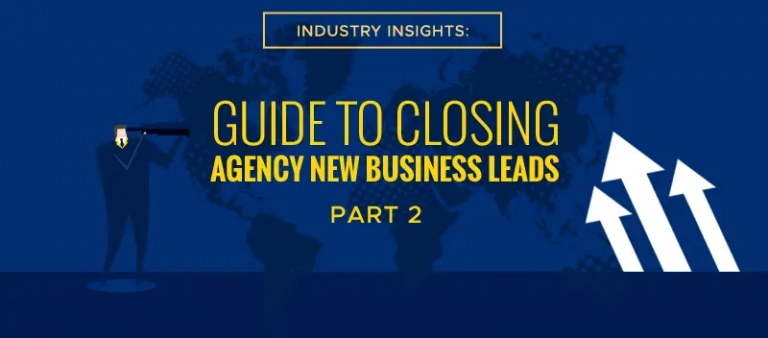Finding leads is one, if not the most important aspect of marketing. You cannot sell your products and/or services if you don’t have people to sell them to. Having said that, once you’ve found your ideal leads, you also need to know how to properly sell to them. This is what many sales reps tend to struggle with which is why this is exactly what we want to tackle in this post.
Let’s talk about the right ways of how you should not only sell to but also manage your qualified leads more effectively.
Identify the lead source
Identifying your lead is always the first step you take before you move on to every other stage in your marketing strategy. Who your priority leads are going to be will vary whether you’re pulling them from inbound or outbound marketing.
For your inbound leads, they’re usually the ones who initiate contact with you directly or through referral channels. It might be that someone found out about you through social media, read your content, or got a direct referral from a friend or colleague.
Outbound leads are developed through proactive, direct contact initiated by you. These are “cold” leads. That is, an outbound lead has not voluntarily opted into any communication with you. You found them when doing a Google or LinkedIn search, used sophisticated scraping methods, or just had a list of dream accounts and decided to reach out to them.
Once you’ve properly identified the right leads for you, you can move on to the next step.
Related: The Top Sales Leads Sources to Help You Find New Customers
Find out more about the lead
There are two phases to this. The first is the research phase. Before you have your initial meeting with your lead, make sure that you do enough research on their background, their values, products and services they offer, and most importantly their pain points. Avoid going into your first conversation with your potential leads blind because that will automatically leave them with a bad impression that you’re just there to sell, but are not interested in truly partnering with them.
The second phase is your initial engagement with your leads. This is where you can spend your time discussing and verifying the information you’ve gathered on them with your leads directly as well as presenting them with the right solutions for their problems. The beauty of this is that you still keep learning something new about your leads as the discussion keeps going.
Segment your leads based on what matters to your organization
In order to not get your leads mixed up, you want to segment all your leads based on what matters to your organization.
Market segmentation allows you to get to know your customers, identify what is needed in your market segment, and determine how you can best meet those needs with your product or service. This helps you design and execute better marketing strategies from top to bottom. Also, determine the priority needs of your organization first so that you know into which of your organization’s priorities your leads fit the most.
Related: 4 Ways to Segment your Database for Effective Lead Generation
Nurture based on segments
Organizing your prospects by their unique preferences helps you tailor your message to their needs. It shows you care and shows you can be trusted. For prospects, sending messaging that fits them like a glove keeps them engaged with you until they are ready to buy.
First, think about organizing contacts by status. This designates their place in the sales funnel, from a fresh new lead, to a promising prospect, to a hot opportunity, to a new customer who hopefully buys from you again. Then, to get even more targeted, segment your contacts into two or three buckets using their unique characteristics and interests.
This is where you let your marketing automation shine as you can dynamically tag contacts using forms, link actions, and webpage tracking. So instead of manually updating your contacts, their online actions automatically sort them into the right bucket, based on the pages they visit, the forms they fill out, and the links they click.
With your contacts segmented by their status and interests, and tagged in your database, it’s easy to determine the type of messages that will fit like a glove.
Nurture but don’t sell all the time
It’s been proven time and time again that the more often leads are exposed to a particular offer or brand, the more likely they are to buy. However, in today’s climate of constant noise, marketers need to deliver pertinent content/messaging to them in mediums that have their attention. Using a tactical combination of email and various other contents in your marketing can be a great way to diversify marketing messaging and keep your product top of mind. Doing so is the key to a significant increase in leads over time: the fast track to more revenue for your business.
However, you have to be aware as well not to come off too sales-y to your leads either. Most importantly, instead of continuously trying to sell your product/service, invest more time into educating your leads about them, about the industry, new trends that are arising, all while still tackling their pain points and offering them solutions through it.
Related: Sales Leads That Convert: What is a High-quality Sales Lead?




